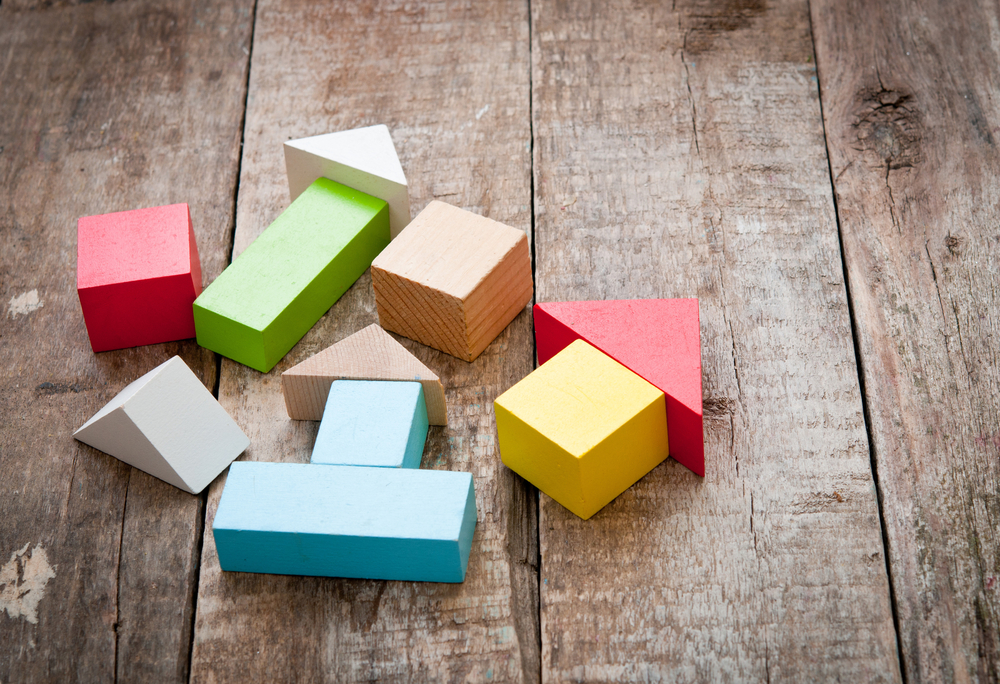The focus of this activity is to discover the language that students are using to describe the shapes, particularly the language students are using to describe the features of the shapes. Although students may know the names of many of the shapes, and may know the difference between say a square and a circle, the description of why these shapes are different may not be mathematically accurate. Listen to student suggestions first, before having other students clarify or build upon these descriptions.
Purpose
- Recognise and draw two-dimensional shapes
- Describe two-dimensional shapes using key features and describe what is meant by these features, e.g. a side is a straight line that joins two corners
- Recognise three-dimensional shapes
- Describe the properties of 3D objects and what is meant by these terms
- Identify the 2D shapes that make up 3D objects
- Sort shapes into categories and provide reasons for these categories
- Recognise that changing the orientation of the shape (turning it) does not change the shape
- Write definitions for two-dimensional shapes, three-dimensional objects and their properties
Curriculum Connections – VICTORIAN CURRICULUM F-10
LEVEL 2: Shape
- Describe and draw two-dimensional shapes, with and without digital technologies (VCMMG120)
- Describe the features of three-dimensional objects(VCMMG121)
At the end of this lesson students should be able to answer the following questions
- Tell me about the shapes you see
- What is the difference between 2D shapes and 3D objects?
- What are the features and properties of 2D shapes?
- What is meant by these terms, e.g. side?
- What are the features and properties of 3D objects?
- What is meant by these terms, e.g. face?
- Can you use what you know about shapes to place them into categories?
- Can you use your knowledge of the properties of shapes to explain your categories?
- If I turn the shape (change the orientation) does the shape change?
- Can you write a what am I (who am I?) for a 2D shape and 3D object?
For more information, please download the attached lesson plan.



